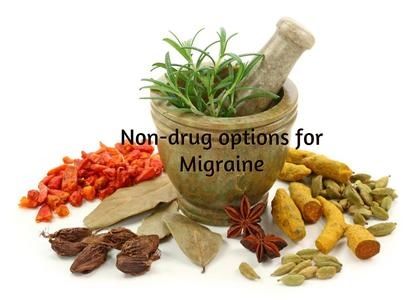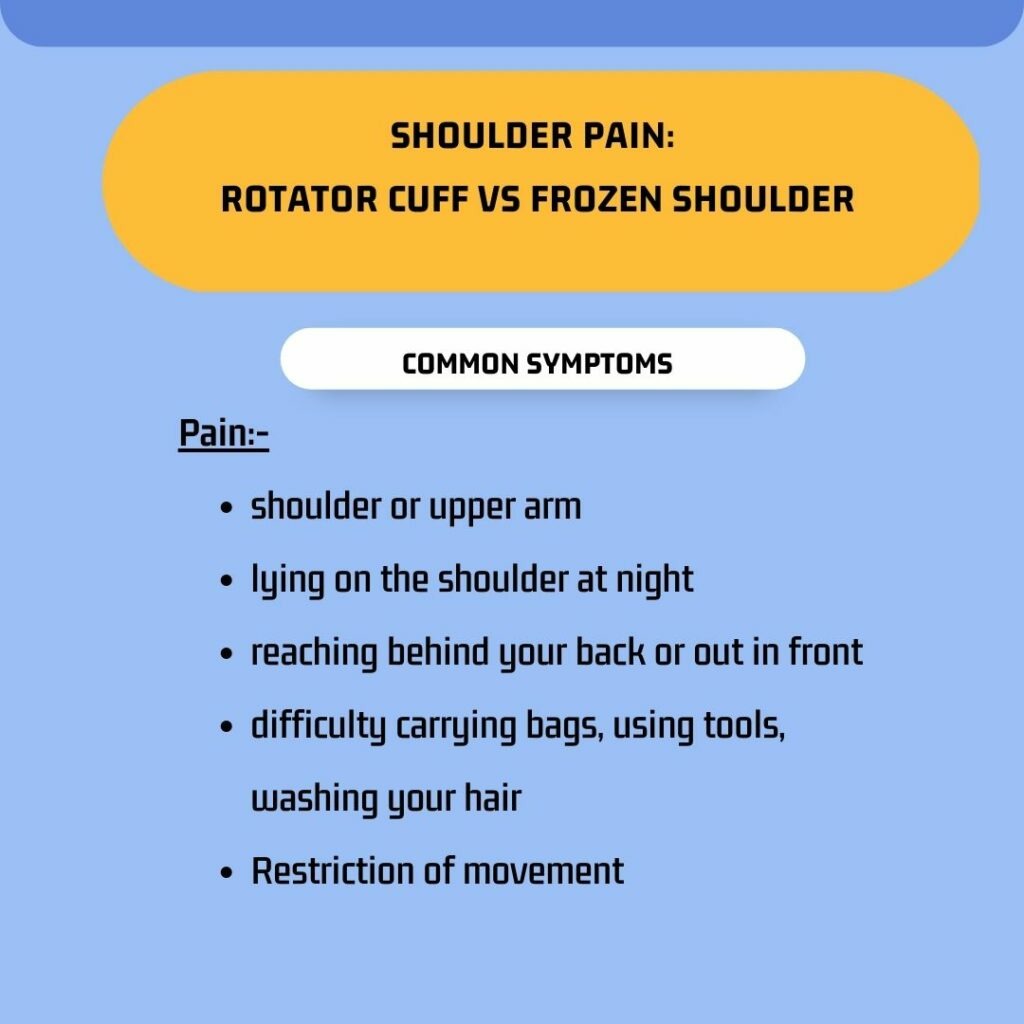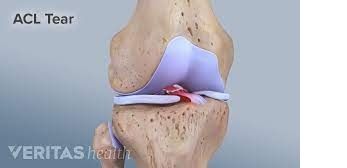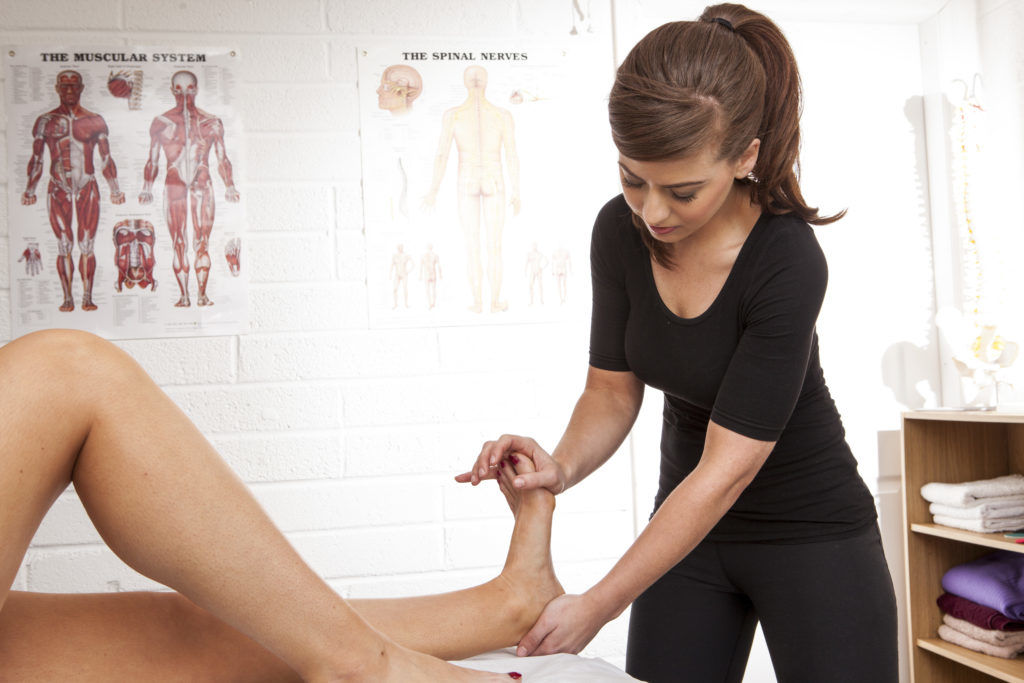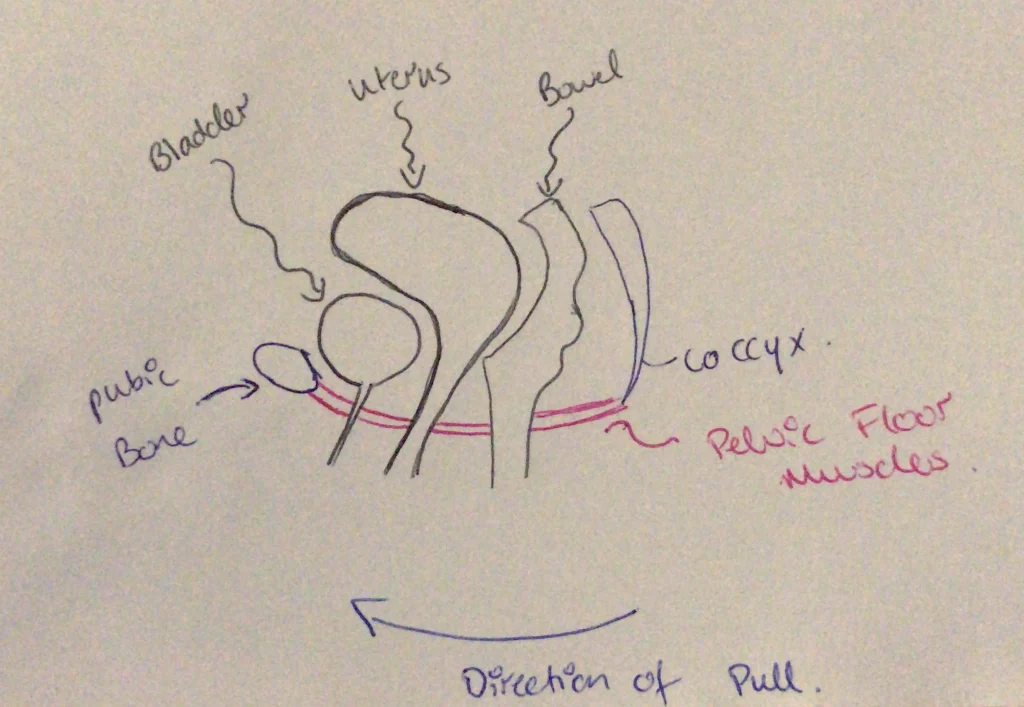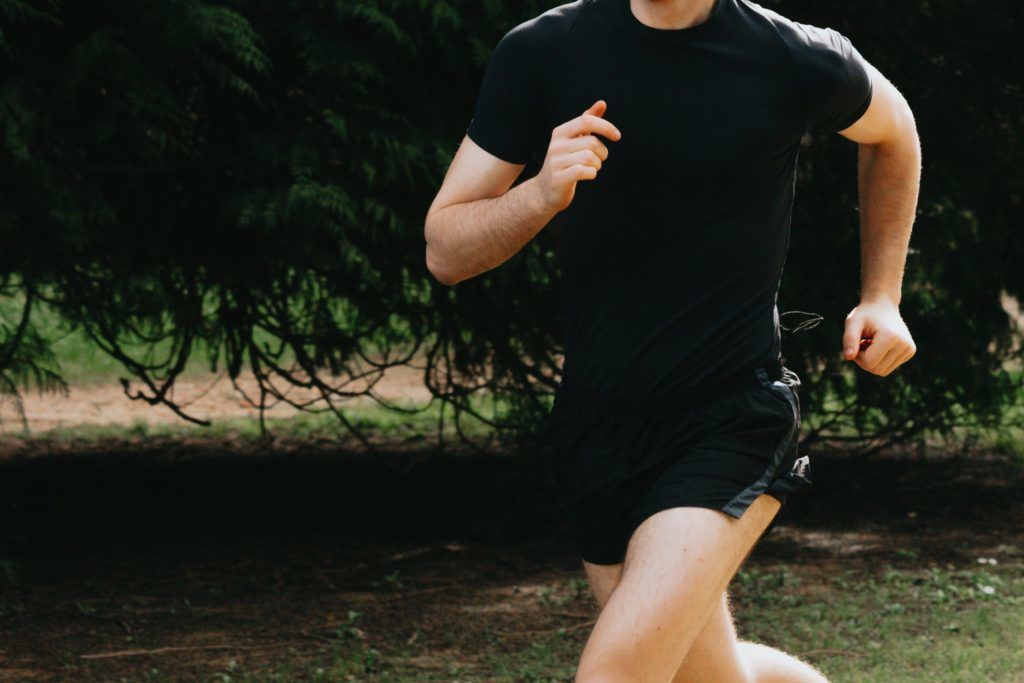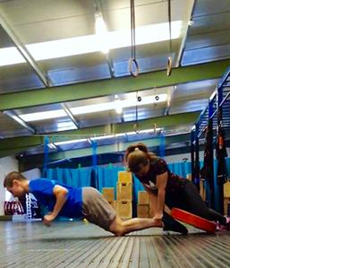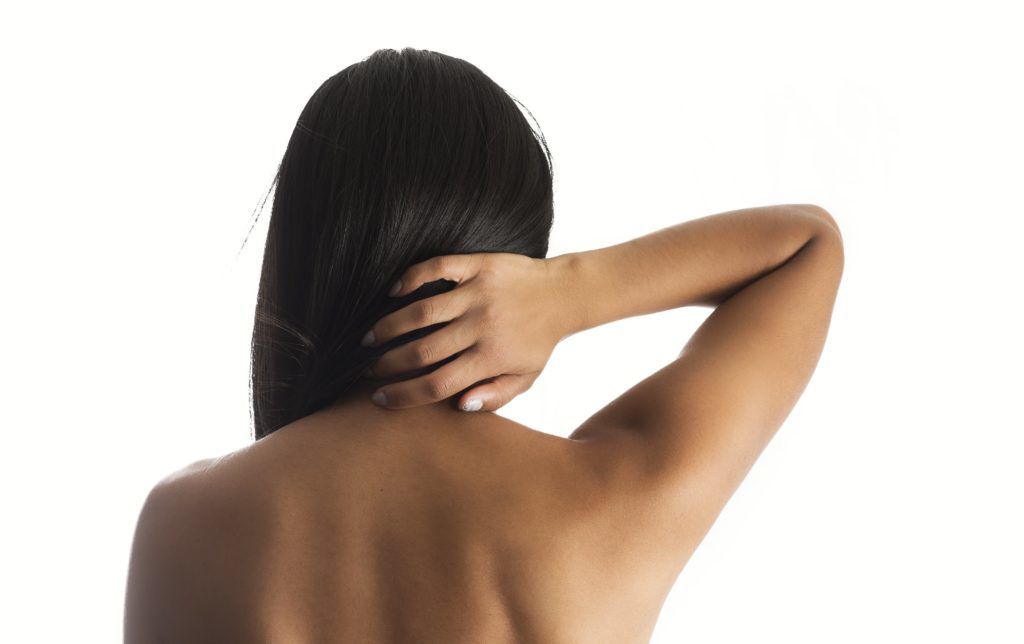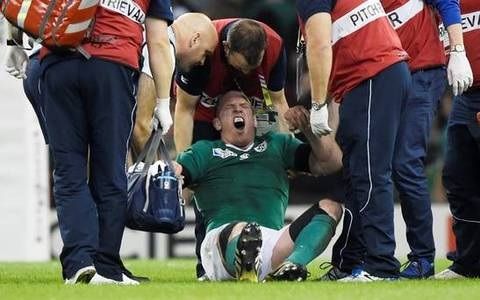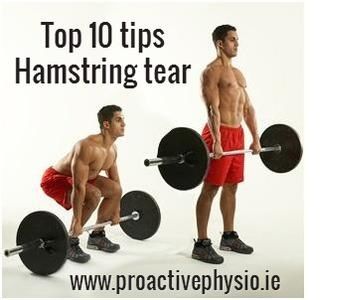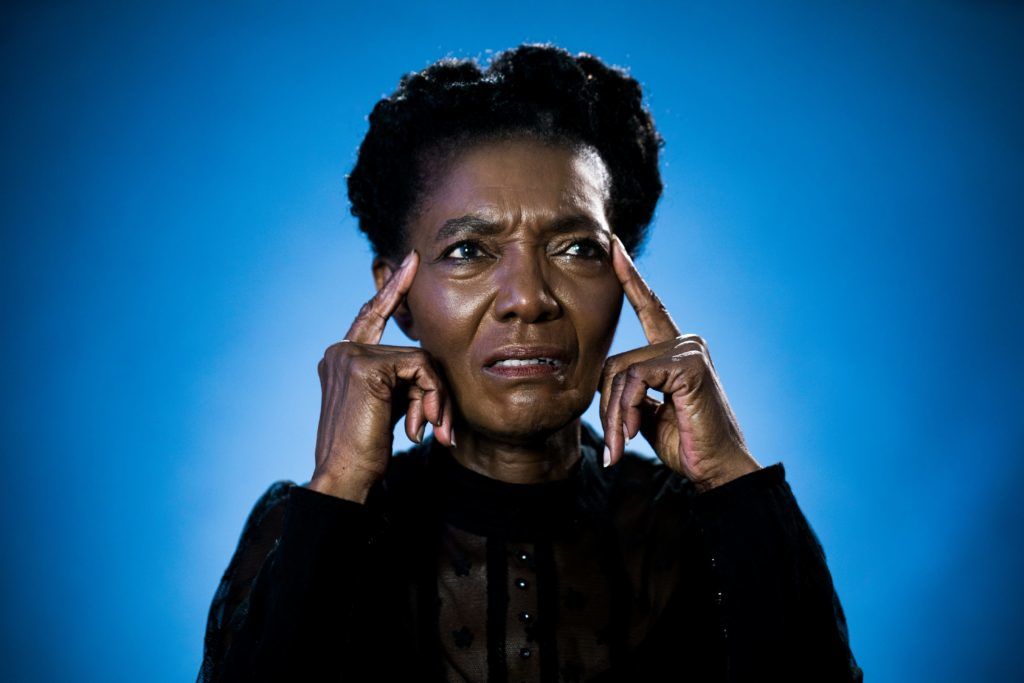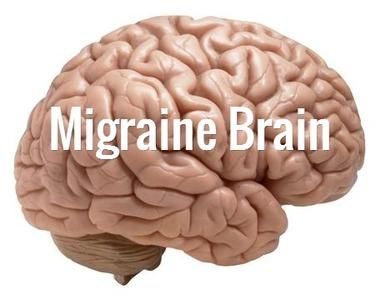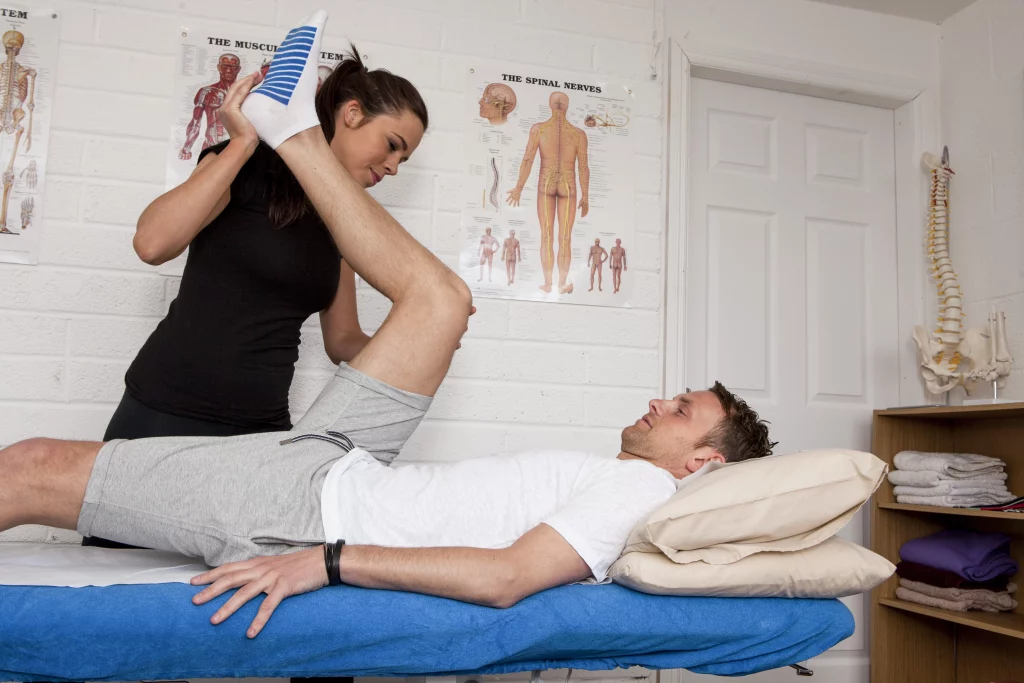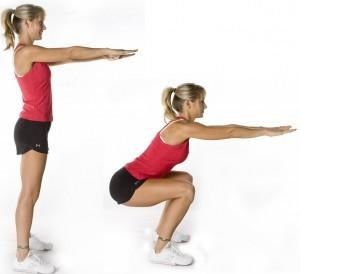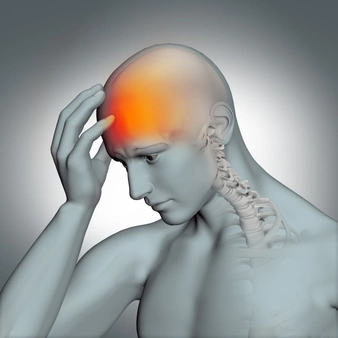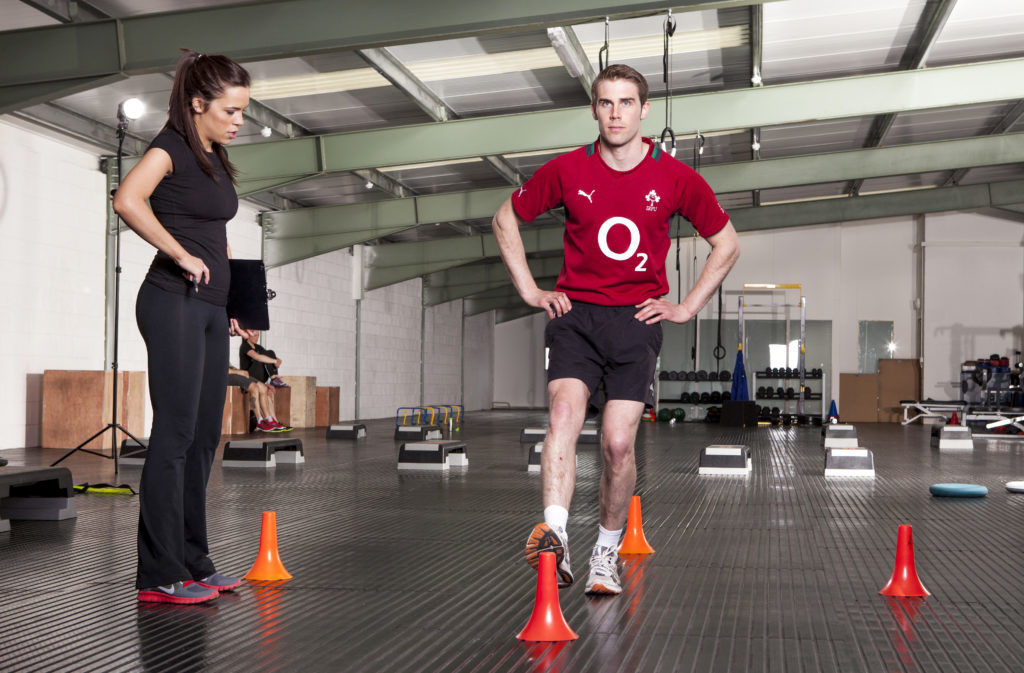Here are some non-drug or alternative treatment options for Migraine
1. Magnesium
2. Ribioflavin (Vitamin B)
3. CoQ10
4. Butterbur
5. Feverfew
These are considered Migraine preventatives. You take them daily for at least 3 months and monitor if there is any effect on your Migraine, namely the frequency and severity of your headaches.
Even though these are not “drugs” and have very small side-effects, hence their popularity, we still want to examine the scientific evidence behind these options. The greater the scientific evidence and research behind an option, the greater the likelihood of you having a positive response to the treatment.
Ideally we want a number of well conducted, controlled studies where a group of patients are given placebo (ie a sugar pill) and the other group are given the pill with the active ingredient. We want the groups to be “blinded” so neither group knows which group they are in. It is important to have short and long-term follow-up. These studies also help highlight potential side-effects of the supplements, contra-indications and their interaction with other medications.
1. Magnesium
Of all the supplements, vitamins and herbs, Magnesium has the strongest evidence as an alternative treatment option in the management of Migraine.
Magnesium deficiency has long been linked to Migraine and how Migraine headache manifests in the body. It is available as Magnesium Oxide and can be purchased in most health food stores or pharmacies without prescription.
The dose is usually between 400-600mg per day. You need to allow up to 3 months of taking the supplement to assess if it is having a positive effect on the frequency and severity of your Migraines.
The most common side effect is diarrhoea which is usually dose responsive and lowering the dose appears to resolve these symptoms. It is worth noting that magnesium can interact with antibiotics and blood pressure medication. As always, you should discuss introducing supplements with your GP or headache specialist.
Magnesium Oxide appears to be most effective in;
1. Patients who have, or have had aura with their Migraine
2. Patients with menstrually related Migraine, especially premenstrual Migraine
3. Children and adolescents with Migraine
2. Riboflavin (Vitamin B2)
Riboflavin, also known as Vitamin B2, works to maintain energy related cellular function i.e. mitochondrial function. Mitochondrial dysfunction is argued to play a role in lowering the threshold needed to activate Migraine headache.
There has been one well controlled study on riboflavin in the management of Migraine. Results found that 59% of the participants who took 400 mg/day riboflavin for 3 months experienced at least 50% reduction in the frequency of migraine attacks compared with 15% for placebo.
Side-effects of Riboflavin include diarrhoea and increased urinary output. It may also interact with other medication such as anti-malaria drugs, anti-cancer drugs and antibiotics. As always, discuss this option with your GP or Headache Specialist.
3. CoQ10
Coenzyme Q10 has been hypothesised to have a role in migraine prevention as it works on mitochondrial function and also as an antioxidant. Three studies have found CoQ10 may help in decreasing the frequency of Migraine headaches.
There is minimal side-effects reported with taking CoQ10 and research found participants may start to see decrease in frequency after 4 weeks of taking CoQ10, reaching maximum benefit at 3 months. There is also some evidence that CoQ10 may be effective in the treatment of childhood and adolescent Migraine when a deficiency in CoQ10 has been detected. As always, discuss your options with your GP or headache specialist.
4. Butterbur
Butterbur is a herb that has drawn attention in recent years as a Migraine preventative. It is thought to influence the inflammatory cascade associated with Migraine. Butterbur in its raw form is unsafe and needs to be treated before it is safe for human consumption. It is available under the patented name Petadolex.
There have been a number of moderate-sized studies on this herb which found up to 58% reduction in the frequency of Migraine attacks. Participants in the studies had greatest benefit taking 75mg twice daily over the course of 4 months. There were minimal gastrointestinal side effects reported.
There is emerging evidence that Butterbur may also be effective in decreasing the frequency of Migraine attacks in children and adolescents and again showed minimal side effects. The long term effects of the herb are undocumented as yet and as always discuss your options with your GP or headache specialist.
5. Feverfew
Feverfew is a herb that has traditionally been used by people to help manage their Migraine. It is thought to normalise platelet function and block the formation of pro-inflammatory markers associated with a Migraine attack.
There were some small studies in the 80s that showed some benefits of feverfew to manage Migraine headaches. A recent systematic review of a number of studies looking at Feverfew as a migraine preventative found Feverfew to perform just marginally stronger than placebo. However there does appear to be controversy in the agreement as to the strength of dose required to have an effect and the dose tested in some studies.
The side-effects of Feverfew may include increased heart rate and feverfew may interact with blood thinners and it therefore not recommended for those taking anti-coagulants. As always, discuss your options with your GP or headache specialist.
From our review of the five main supplements for Migraine Headache; Magnesium has the strongest evidence base, with CoQ10 and Butterbur showing some evidence that they may help to decrease the frequency of Migraine headaches.
References:
1. Ramadan NM, Halvorson H, Vande-Linde A. Low brain magnesium in migraine. Headache. 1989;29:590–593.
2. Trauinger A, Pfund Z, Koszegi T, et al. Oral magnesium load test in patients with migraine. Headache. 2002;42: 114–119.
3. Mauskop A, Altura BM. Role of magnesium in the pathogenesis and treatment of migraine. Clin Neurosci. 1998; 5:24–27.
4. Mauskop A, Altura BT, Altura BM. Serum ionized magnesium in serum ionized calcium/ionized magnesium ratios in women with menstrual migraine. Headache. 2001;42:242–248.
5. Facchinetti F, Sances G, Borella P, et al. Magnesium prophylaxis of menstrual migraine: effects on intracellular magnesium. Headache. 1991; 31:298–301.
6. Peikert A, Wilimzig C, Kohne-Volland R. Prophylaxis of migraine with oral magnesium: results from a prospective, multicenter, placebo-controlled and double-blind randomized study. Cephalalgia. 1996;16:257–263.
7. Pfaffenrath V, Wessely P, Meyer C, et al. Magnesium in the prophylaxis of migraine—a double-blind placebo-controlled study. Cephalalgia. 1996; 16:436–440
8. Sue-Edelstein, C, Mauskop, A (2011) “Alternative Headache Treatments: Nutraceuticals, Behavioral and Physical Treatments” Headache, 51(3):469-83
9. Fong Wang, F., Van Den Eeden, S., Ackerson, L., Salk, S., Reince, R., Elin, R. (2003) “Oral Magnesium Oxide Prophylaxis of Frequent Migrainous Headache in Children: A Randomized, Double-Blind, Placebo-Controlled Trial” Headache: The Journal of Head and Face Pain, Vol 43, Iss 6, p 601–610
10. Schoenen J, Jacquy J, Lenaerts M. (1998) “Effectiveness of high-dose riboflavin in migraine prophylaxis. A randomized controlled trial”. Neurology.; 50:466-470.
11. Hershey AD, Powers SW, Vockell AL, Lecates SL, Ellinor PL, Segers A, Burdine D, Manning P, Kabbouche MA (2007) “Coenzyme Q10 deficiency and response to supplementation in pediatric and adolescent migraine” Headache, 47(1):73-80.
12. Diener HC, Rahlfs VW, Danesch U (2004) “The first placebo-controlled trial of a special butterbur root extract for the prevention of migraine: Reanalysis of efficacy criteria. Eur Neurol. 51:89-97.
13. Lipton RB, Gobel H, Einhaupl KM, Wilks K, Mauskop A (2004) “Petisitis hybridus root (butterbur) is an effective preventative treatment for Migraine” Neurology, 63:2240-2244.
14. Pothmann R, Danesch U (2005) “Migraine prevention in children and adolescents: Results of an open study with a special butterbur root extract. Headache. 45:196-203.
12. Vogler, BK, Pittler, MH, Ernst, E (1998) “Feverfew as a preventive treatment for migraine: a systematic review” Cephalalgia 18(10), 704–708

